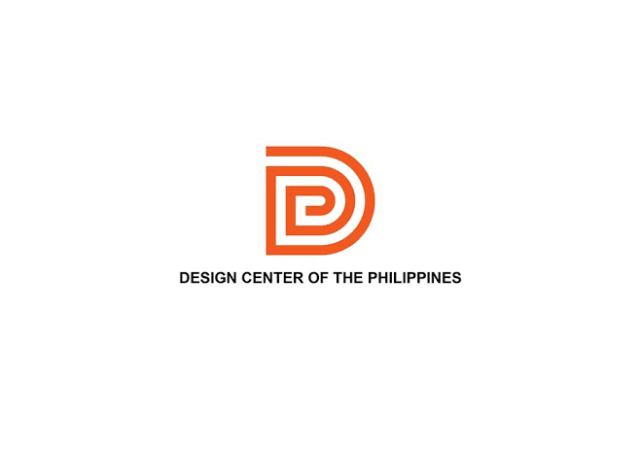The Design Center of the Philippines, alongside public and private organizations lead mapping study to move the national design economy forward
Metro Manila – The Design Center of the Philippines, in partnership with the British Council, is pioneering a design economy mapping study, entitled Design Counts. Launched last May, Design Counts will explore how the design value chain works and how the sector contributes to the national design innovation ecosystem.
The study will focus on nine cities tagged as design hotspots or emerging design cities, including Manila, Makati, Quezon City, Taguig, Baguio, Pampanga, Cebu, Davao, and Cagayan de Oro.
Ensuring the success of the project, Design Center has rallied the expert advice and guidance of different partner organizations such as the British Council, Nordicity, Bayan Academy, and Dr. Anna Whicher of PDR International Centre for Design and Research (UK) acting as the lead policy adviser.
The results of the mapping project will be a key reference in crafting the policy that is envisioned to launch the Philippine design economy forward.
“Our plan for the design economy mapping and National Design Policy work is to have the data of the whole Philippine design sector so that we are able to be more strategic in the kind of interventions we provide to the design industry, in relation to business and MSMEs. We want to get away from the general perception that design is purely just for aesthetics. We want to bring to light the conversations about how design can improve how we serve and create systems. That kind of conversation would be easier to have when you have data and case studies to back it up which is essentially what Design Counts aims to communicate.”, Rhea Matute, Executive Director of Design Center shared.
A report published in 2018 by the United Nations Conference on Trade and Development on the Creative Economy outlook revealed big opportunities for the Philippine creative economy with its consistent growth on creative goods exports increasing from $776m to $915m in 2014 to 2015. It is these types of data that Design Counts hopes to further look into and take account of.
Matute added that this study will also open several data opportunities that can shed light into the products and services that local designers can export, employment opportunities available both inside and outside of the country, productivity levels, and revenue generated by the sector –ultimately, unraveling the value of the design sector, as a whole.
Paving the way for the development of a National Design Policy
In today’s landscape, many industries heavily depend on designers in creating systems and processes; however, the challenge lies in making its impact and contribution known to all.
Mandated by the Philippine Design Competitiveness Act of 2013 or RA 10557, the National Design Policy aims to underscore the key role of design in transforming the Filipino way of life.
According to the 2020 Freelancer Income Report from Payoneer Global, there was a 67% surge in millennial freelancers in the Philippines in the past year, who started offering a wide range of creative services, including graphic design, content writing, and project management.
Professionals like these are what Design Counts hopes to empower. Their narratives, designer or non-designer, are key in developing the bigger picture and landscape of the country’s design economy.
More than elevating national design to compete globally, the policy is meant to cultivate and promote design culture nationwide. It will also ensure protection and preservation of design resources by creating an environment that consistently engages and demands good design and incorporate design thinking in educational curricula, professional development, and introduce the method as an effective problem-solving tool.
The Design Center is inviting all designers, entrepreneurs, startup investors, policymakers, local government units, design educators and students, researchers, and freelancers from different industries to help build the Philippine design nation. Those who are ready may answer the survey at http://bit.ly/Design-Counts-Survey-Ph until 30 June 2021.
Learn more about the Design Counts initiative at https://designcenter.gov.ph.





